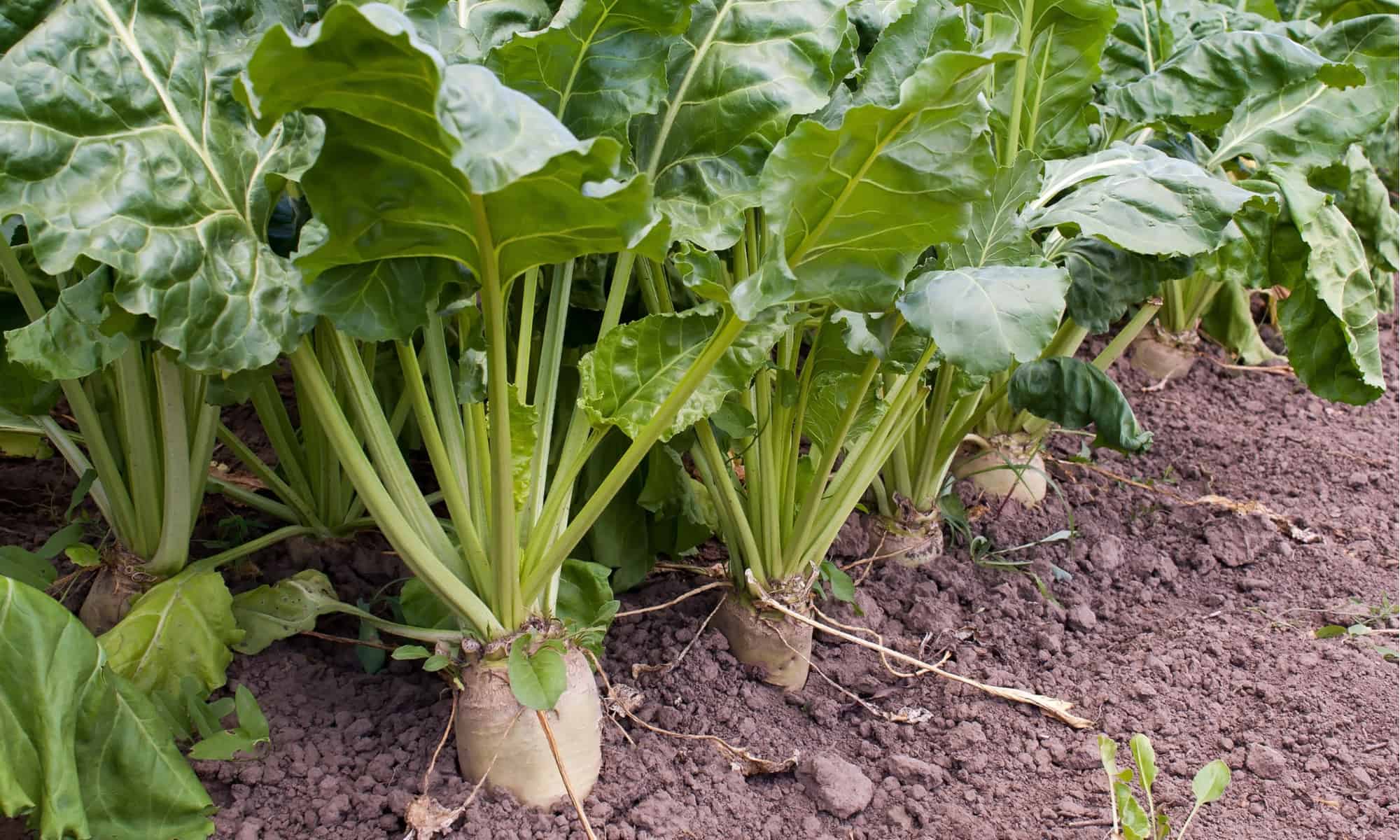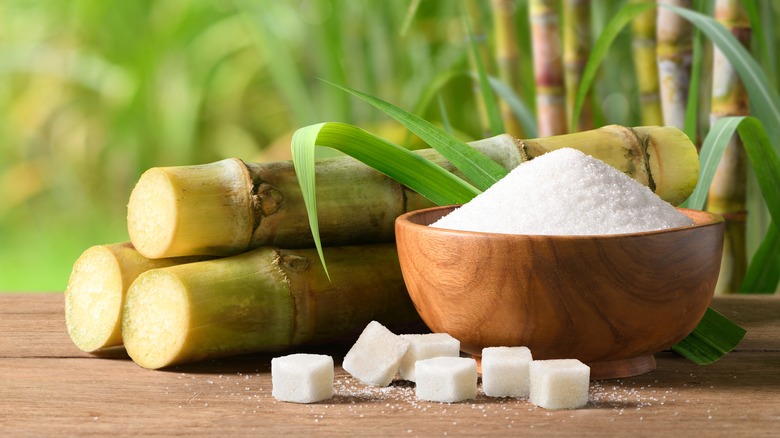Discover the Uses and Advantages of Beet Sugar Vs Cane Sugar in Your Daily Diet Plan
Checking out the distinctive qualities of beet and cane sugar exposes even more than simply their sweetening capabilities; it highlights their unique effect on health and wellness and cooking arts. Beet sugar, recognized for its subtle flavor, is usually preferred in fragile treats, whereas cane sugar, with its tip of molasses, includes splendor to robust meals. Each type holds its own nutritional profile and glycemic implications, inviting a deeper understanding of their functions in a well balanced diet regimen and lasting usage methods.
Origin and Production Processes of Beet and Cane Sugar

The distinct environments and dirt types needed for expanding sugar beets and sugarcane contribute to distinctions in their cultivation techniques and geographical distribution, influencing the economics and sustainability of their manufacturing. beet sugar vs cane sugar.
Nutritional Contrast Between Beet Sugar and Cane Sugar
In spite of originating from various plants, beet sugar and cane sugar are nutritionally very comparable, both mainly being composed of sucrose. Each supplies about 4 calories per gram, translating to about 16 calories per teaspoon. Structurally, both sugars are made up of around 99.95% sucrose, with minimal amounts of various other substances like wetness and trace minerals, which do not significantly change their dietary profiles.

Eventually, when choosing between beet sugar and cane sugar based on dietary content alone, both offer the same benefits and disadvantages as they are basically forms of the exact same particle-- sucrose, supplying fast energy without other nutrients.
Influence On Wellness: Glycemic Index and Caloric Content
Exploring further right into the results of beet sugar and cane sugar on health and wellness, it is crucial to consider their glycemic index and caloric content. The glycemic index (GI) of both beet and cane sugar is around 65, classifying them as high-GI foods, which can create quick spikes in blood sugar levels.
Each kind of sugar contains around 4 calories per gram, making their calorie material equivalent. For those monitoring calorie intake, especially when taking care of weight or metabolic health and wellness problems, recognizing this equivalence is important (beet sugar vs cane sugar). Excessive intake of any type of high-calorie, high-GI food can add to health and wellness issues such as weight problems, heart illness, and insulin resistance.
Environmental and Economic Considerations of Sugar Manufacturing
Beyond health and wellness influences, the production of beet and cane sugar additionally raises substantial environmental and economic worries. Sugar beet cultivation has a tendency to require cooler environments and has a lower geographical footprint contrasted to sugar cane, which flourishes in exotic areas. However, both crops are extensive in terms of water usage and land line of work, potentially bring about deforestation and water scarcity. Economically, the worldwide sugar market is very volatile, influenced by adjustments in global trade policies and aids. Many countries incentivize sugar manufacturing with economic assistance, skewing market value and impacting small farmers adversely.
Furthermore, using chemicals and find out this here plant foods in both beet and cane sugar growing can bring about dirt destruction and air pollution, further impacting biodiversity and local water bodies (beet sugar vs cane sugar). The choice between cultivating sugar beet or cane commonly depends upon neighborhood environmental problems and financial variables, making the sustainability of sugar production a complex problem
Culinary Applications and Flavor Distinctions
While the ecological and financial elements of sugar production are undoubtedly substantial, Check Out Your URL the option in between beet and cane sugar additionally influences cooking applications and flavor profiles. Beet sugar, derived from the sugar beet plant, is recognized for its incredibly neutral taste.
Walking cane sugar, extracted from sugarcane, typically maintains molasses traces, which present a distinctive richness and depth. The minor variant in moisture content between beet and cane sugar can impact the structure and consistency of meals, making cane sugar a favored option for specific recipes that benefit from its unique residential properties.

Verdict
In verdict, both beet and cane sugar have distinctive beginnings and production procedures, using similar nutritional accounts with minor differences in sodium web content and taste. While their effect on wellness, specifically relating to glycemic index and calories, is similar, the choice in between them usually comes down to environmental, financial factors, and specific cooking requirements. Comprehending these aspects can lead consumers in making informed choices that straighten with their health and wellness objectives and taste choices.